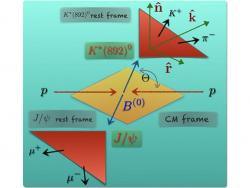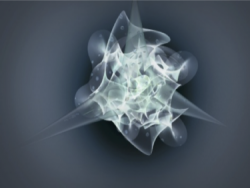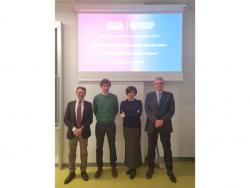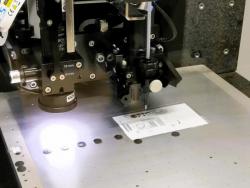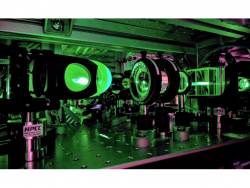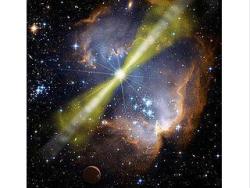Discovery at the intensity frontier: Belle II
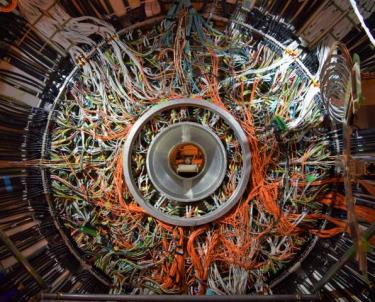
Belle II is a particle-physics experiment featuring state-of-the-art detectors to study electron-positron collisions produced by the SuperKEKB collider in Japan. Its chief mission is to discover the new fundamental particles that complete the Standard Model at high energy, or to set stringent constraints on their dynamics. This is achieved by studying heavy-quark and lepton transitions sensitive to dynamics at energies much higher than those directly probed at CERN's LHC. Belle II is built and operated by 700 scientist from about 100 research institutions across 23 countries. In 2018 Belle II has seen its first collisions and in 2019 will start recording up to 10E4 collisions per second for physics. Unique access to tau-lepton dynamics and unprecedented sensitivity to decays of B and D hadrons into neutral particles position Belle II at the forefront of the intensity frontier.
We are about six staff scientists and a growing crop of students and postdocs with a diverse background spanning from detector construction in NA1, DELPHI, ALEPH, CDF, and BaBar, to data analysis in CHARM, DELPHI, ALEPH, BaBar, CDF, and LHCb. Our Belle II activities develop along two main thrusts, detector development and construction, and physics data analysis.
The instrumentation effort currently focuses on the commissioning of a diamond detector for monitoring the radiation on Belle II silicon vertex detector. The vertex detector surrounds hermetically the interaction point and samples with high spatial precision the trajectories of the charged particles emerging from the collision. Precision tracking is essential for the science of Belle II, since charged particles are the most abundant decay products of tau leptons and bottom and charm mesons. With more than 8 million channels installed close to the beam, the vertex detector operates at the heart of Belle II in a high radiation environment that affects tracking performance. Monitoring such radiation is critical. Trieste designed, built, characterized, tested, installed, and operates 20 single-crystal diamond sensors that monitor radiation and trigger appropriate measures should the conditions become unsafe for the detector.
The physics analysis effort aims at building and consolidating the expertise and tools to play a leading role in the analysis of upcoming Belle II data. Trieste is currently conducting an analysis of the data of Belle, the predecessor experiment, using the software framework of Belle II. The goal is the measurement of the branching fraction and polarization fractions of B --> rho K* decays. These are sensitive to contributions from non-standard-model particles and offer improved insight into the fundamental parameters associated with the weak interactions of quarks. The size of the Belle sample allows for a world-leading result. In addition, Trieste is providing essential contributions to detector performance and physics benchmarking studies with early collision data.


